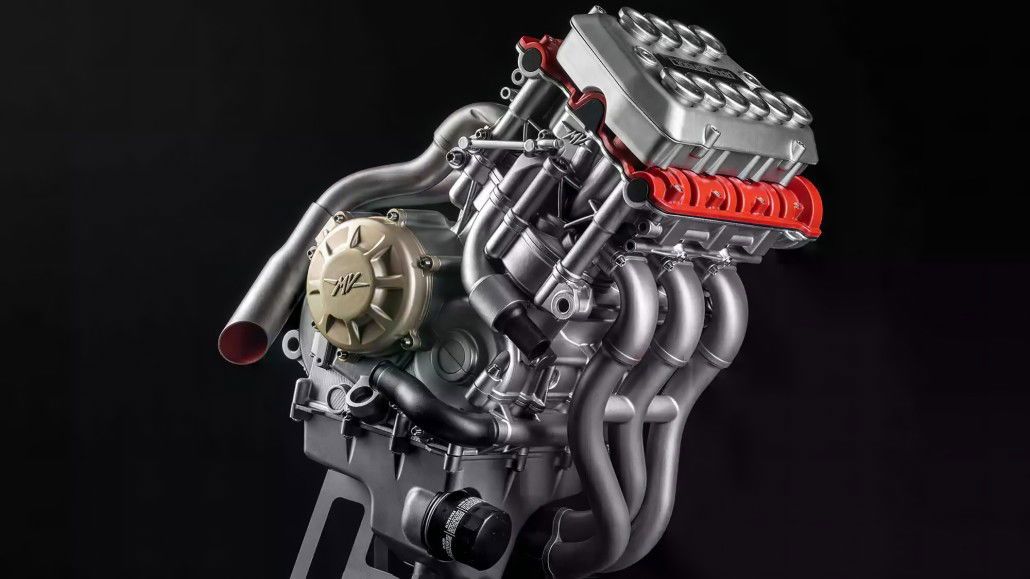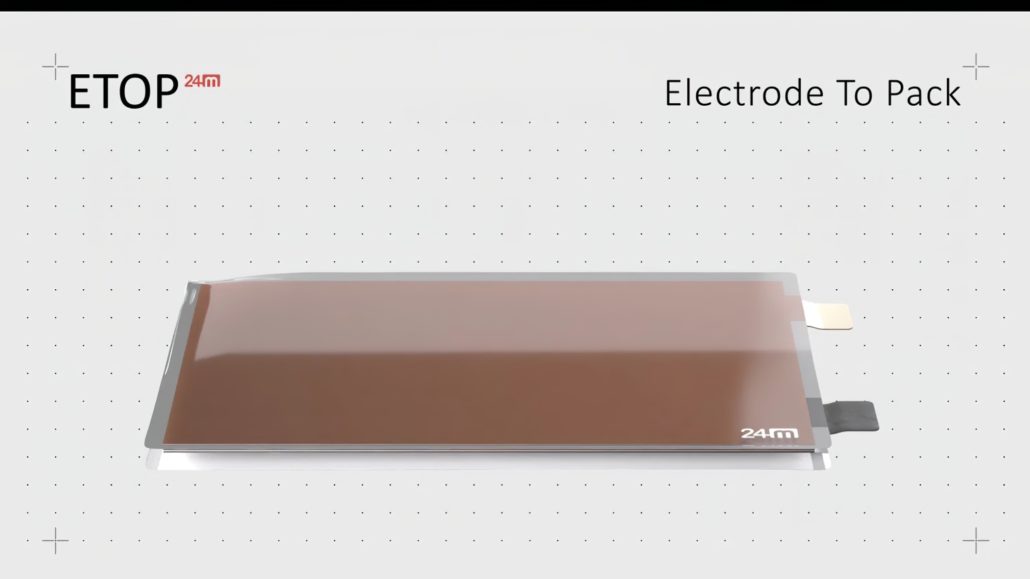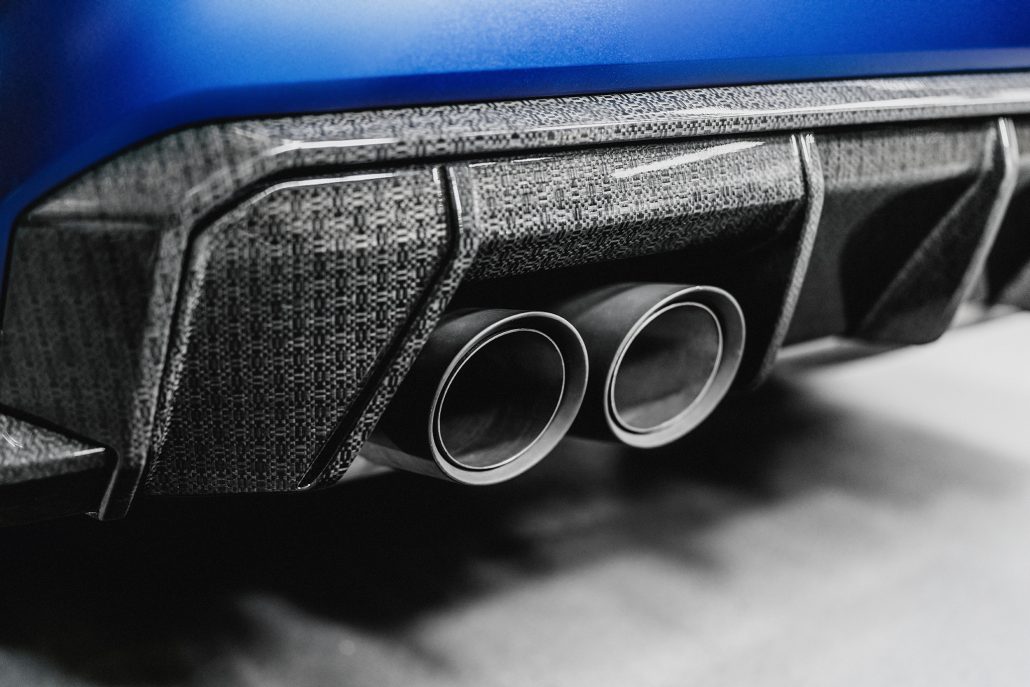Polaris now wants to solve this fundamental problem, according to a newly emerged patent. The Minnesota-based company is reportedly working on a new generation of mechanical CVT transmissions in which the gear ratios can be adjusted while driving. The patent clearly identifies the weakness of conventional CVTs: “A disadvantage of conventional mechanical rubber belt CVTs is that, once installed, the CVT is tuned to specific settings that cannot be changed while the vehicle is in operation.”
Patent details: Flexible transmission ratio adjustment at the touch of a button
Polaris’ technical solution allows the position of a movable sheave within the CVT system to be changed by mechanical, electrical, or pneumatic means. In concrete terms, this means that, depending on requirements, the driver can press a button to shorten the transmission ratio for slow driving—for example, when climbing over obstacles—or lengthen it for high speeds.
This opens up the possibility of using the vehicle in a much more versatile way. Until now, every side-by-side vehicle was fixed in terms of its transmission ratio for either work, sport, or an intermediate solution. With the new CVT approach, a model such as the Polaris RZR could actually serve as an all-rounder for both rough work and fast off-road driving.
First indications in the patent: debut in the Polaris RZR conceivable
The drawings published in the patent are based on a Polaris RZR, which could be a first indication of where the new technology will be used for the first time. However, Polaris often uses this model series as the basis for technical developments, which is why a market launch in the RZR is likely but not confirmed.
The fact is: if the system goes into series production, Polaris would have fundamentally expanded the possibilities of CVT transmissions in the off-road sector. Whether and when it will be ready for the market remains to be seen.


- S100 Total Reiniger Plus Nachfüllkanister 2000 ml – Motorradzubehör – Reinigung & Pflege Neutral



















